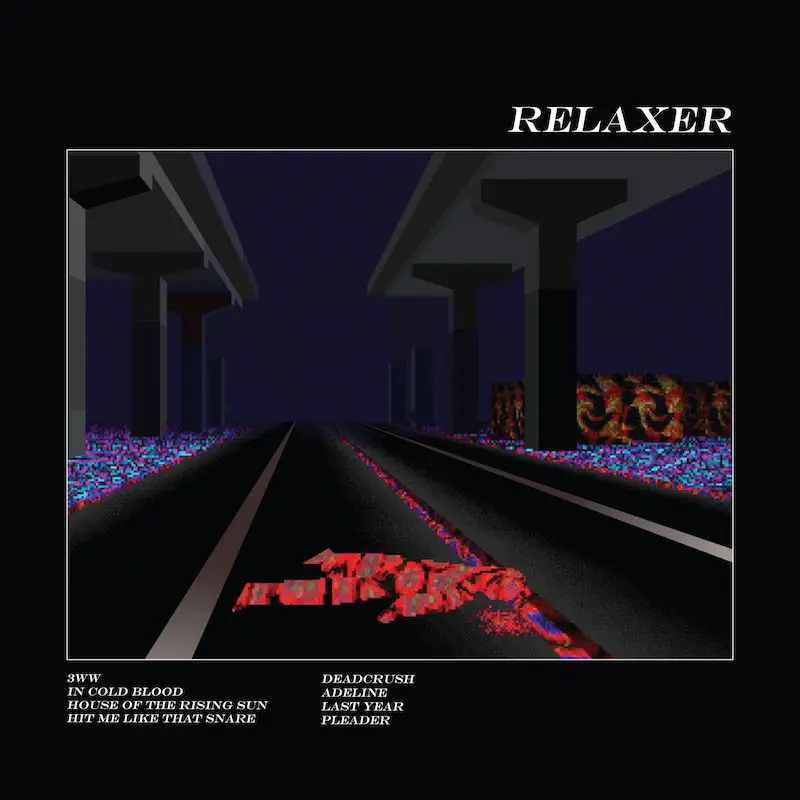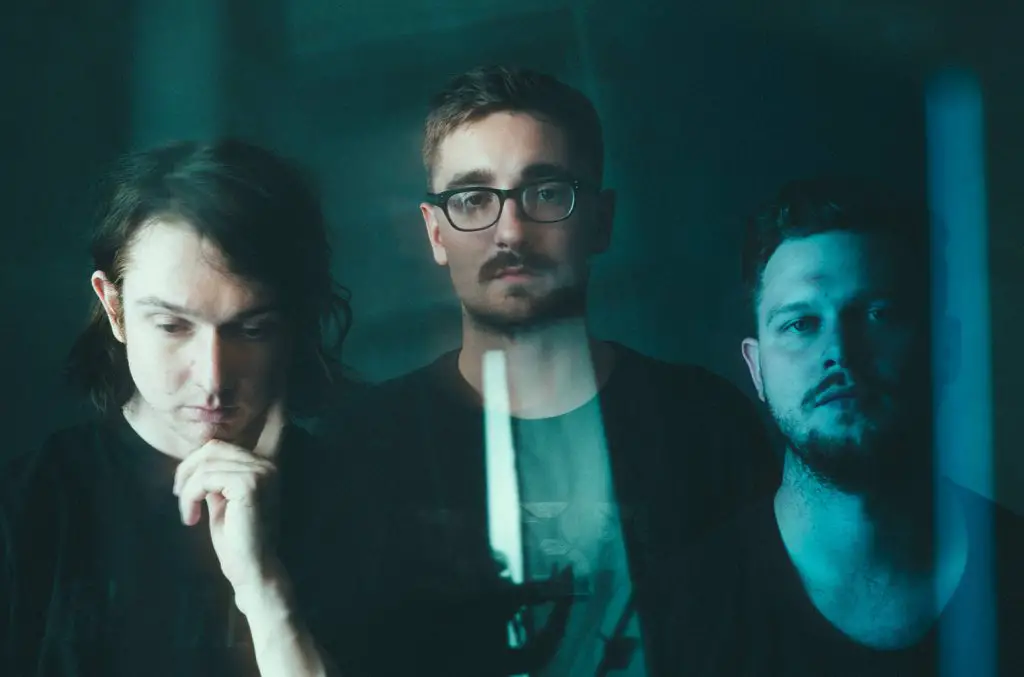British indie-rock band alt-J released their third studio album, “Relaxer,” on June 2, and while fans were elated, critics had mixed feelings. With alt-J’s 2012 debut album, “An Awesome Wave,” the band became a name in alternative music synonymous with genre-bending, as the group fuses pop, rock and alternative sounds while injecting a bit of nerdiness and British melancholy. Fans and critics alike have struggled to find the words to describe the band’s sound: alt-J has been called art-rock, alt-rock, fuss-rock, pop-rock, “alt-prog indietron,” indie rock and “fidgety digital folk-rock,” among other borderline nonsensical labels. Fans of alt-J’s music appreciate that the band exists in an undefined space, but on “Relaxer,” alt-J’s refusal to nail down a consistent tone undermines the organization of the album.
Reviews of the album have been mixed, with many critics praising alt-J’s persistent weirdness but some feeling that the reference-dense lyrics make the album inaccessible. “Pitchfork” did not take kindly to “Relaxer,” slamming alt-J in general for their vanilla personas, dependence on unusual sounds and unintelligible lyrics. The reviewer gave alt-J props, however, for at least attempting to be exciting with “Hit Me Like That Snare,” calling the stylistic departure on the track a risk that was long overdue.
“The Rolling Stone” was much more favorable, pointing out that “3WW,” the first single of the record, was ’90s Radiohead meets Renaissance Faire. The reviewer sees alt-J’s all-over-the-place vibe as a strength that makes their music playful and unique. The review also says, “At times their idea-heavy songs can feel weighed down by cleverness (the Primus-y ‘Deadcrush’). But Alt-J can create a dark beauty that’s like moonlight on an English moor.”

“The Guardian” was also positive, noting that the mellower tracks on the album, such as “Last Year” and “Adeline,” show that the band has matured. The reviewer writes, “They have taken a detangling wet brush to their try-hard songcraft, leaving space for these eight oblique tracks—about death, sexual trysts, literary references, Tasmania and ‘loving’ in one’s ‘own language’—to breathe more cinematically.” Critics are clearly unsure how to feel about alt-J’s ability to travel through space and time and back again on each track; their seemingly scatterbrained imagination is exciting to some, bewildering to others. Either way, alt-J refuses to be constrained to a single genre or a single continent.
Alt-J formed when the members first met at the at the Leeds University. They were studying English and Fine Art, and moved to Cambridge together to continue making music after graduating. Given the academic setting of the band’s start and the many Humanities degrees between them, it’s no surprise that a hefty dose of intellectualism (some would call it pretentiousness) is audible on every track. Alt-J’s songs, like a play or piece of literature, have their own characters, plot lines and unique settings that are designed to transport the listener.
Due to the heavily symbolic and reference-dense lyrics, listening to alt-J requires more than a few visits to Genius. Lead vocalist Joe Newman’s penchant for singing through his nose and annunciating nothing certainly adds to the confusion. But, like reading literature or poetry, uncovering the hidden gems in the lyrics after a bit of digging is a worthy payoff. If you just don’t have the time, here are a few of “Relaxer’s” tracks, explained. To borrow some phraseology from the academic world, let’s unpack that:
The first track of the record, “3WW” is a haunting ballad about a “wayward lad” who has a coming-of-age adventure in the English countryside. Water metaphors abound when the intrepid lad has an outdoor tryst with “two thirsty girls from Hornsea,” and the theme of water resurfaces again and again throughout the album. And in literature, where there’s water, there’s death (sorry, Ophelia), so “3WW” reeks of mortality as well as sex. “3WW” was the first track to be released as a single, so it set the tone for the rest of the album and caused listeners to expect more of the storytelling and brainy references that alt-J is known for.
On “Deadcrush,” Newman and Gus Unger-Hamilton sing about their Deadcrushes (which is exactly what it sounds like), photographer Lee Miller and infamous Anne Boleyn. Fans probably find it easy to imagine the delightfully nerdy conversation during which the band coined the term deadcrush and talked about how hot “Anna Bolina” must have been. “Deadcrush” is a unique and sonically interesting track, but the story that it tells is rather inaccessible without doing some digging (thanks Genius) since Lee Miller isn’t explicitly named and the lyrics are nearly unintelligible anyway. One must wonder what the value of storytelling through music is when the listener has to Google every lyric while they listen.

Possibly the darkest song on the album, “Last Year” reprises some of the themes of earlier songs while counting down the last months of an unnamed narrator’s life, from January to his suicide the following December. A woman, voiced by Ellie Roswell, sings about the word Mississippi being greedily full of S’s and I’s, while hinting that the narrator drowned himself in the Mississippi River. That pesky water/death theme returns, as if anyone needed reminding that Unger-Hamilton was an English major. The song is sad and somber, which is exactly the opposite of “Hit Me Like That Snare” and “Deadcrush.” With so many sharp changes in tone throughout the course of the short album, fans and critics alike were understandably disoriented.
Though the album takes many twists and dark turns, Alt-J thankfully ends it with exultation—resurrection even—with “Pleader.” The lyric that starts and ends each verse, “how green, how green was my valley?” is a reference to a book of that name by Richard Llewellyn. In the book, and presumably in the song, the green valley symbolizes the joy and hope attending new love, as well as youth and fertility. At the end of a very complex, thoughtful and scattered album, Alt-J rewards their listeners with a walk through a sun-soaked Eden, which is surely a relief after so many references to water, drowning and death in the previous tracks. The track (which is more like a hymn than an “alt-prog indietron” song) was recorded in Ely Cathedral in Cambridgeshire with a full orchestra and a boys’ choir too, which shows that though the band may still have some growing up to do in terms of finding their identity, they are devoted to making beautiful, impactful music.









